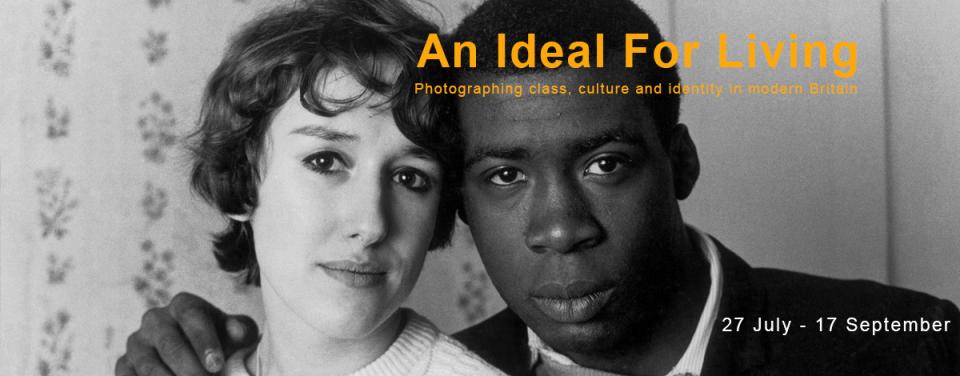
An Ideal for Living, Beetles&Huxley
I will be exhibiting some prints in the group show An Ideal for Living: Photographing Class, Culture and Identity in Modern Britain, exhibited at Beetles&Huxley gallery in London.
The exhibition runs: 27 July – 17 September 2016
An Ideal for Living uses photography from the 1920s to the present day to examine perceptions of class, custom and identity in modern Britain. A timely consideration of what it means to be British, the exhibition will draw on the work of 28 diverse photographers to present the habits, styles and routines, which encapsulate British identity through social aspiration, political protest and counter-culture.
The earliest photographs in the exhibition are Bill Brandt’s and E.O. Hoppé’s studies of the interwar period. These images show the idiosyncrasies of the British class at this time, depicting miners, maids and gentlemen in their homes, on the streets, at work and leisure. Another early photograph is Henri Cartier-Bresson’s sardonic documentation of the crowds during the coronation of King George VI in 1937.
The post-war period is represented by Frank Habicht’s photographs showing the spirit on the 1960s, a period when libertarian attitudes were expressed through fashion, design and political activism. John Bulmer’s images of the same time provide a contrasting view of this decade with photographs of working class communities in the north of England and Charlie Phillips’ photographs document the integration of black communities into British towns and cities. Also from this period, Bruce Davidson’s photographs of nannies in Hyde Park and mining communities in Wales show the continuation of British traditions in the 1960s.
The political unrest and social divides of the 1970s and 1980s are represented by Syd Shelton’s images of the Battle of Lewisham in 1977, Philip Jones Griffith’s photograph of a young soldier in Northern Island, Neil Libbert’s reportage of the 1981 Brixton riots, the bleakly cinematic images of Glasgow by Raymond Depardon and Richard Billingham’s hard-hitting series Ray’s A Laugh. The emergence of a defined youth culture and identity is shown through Derek Ridgers iconic photographs of skinheads and punks contrasted with Jürgen Schadeberg’s photographs at the other end of the spectrum of unruly students at a May Ball in Cambridge. These images are juxtaposed with Martin Parr and Peter Dench’s wry and humorous studies of the British at leisure in the same period.
The most recent work in the exhibition is by Anna Fox, James Morris and Simon Roberts whose work collectively explores social identity in contemporary Britain through photographs of the modern British environment, in the countryside and city.